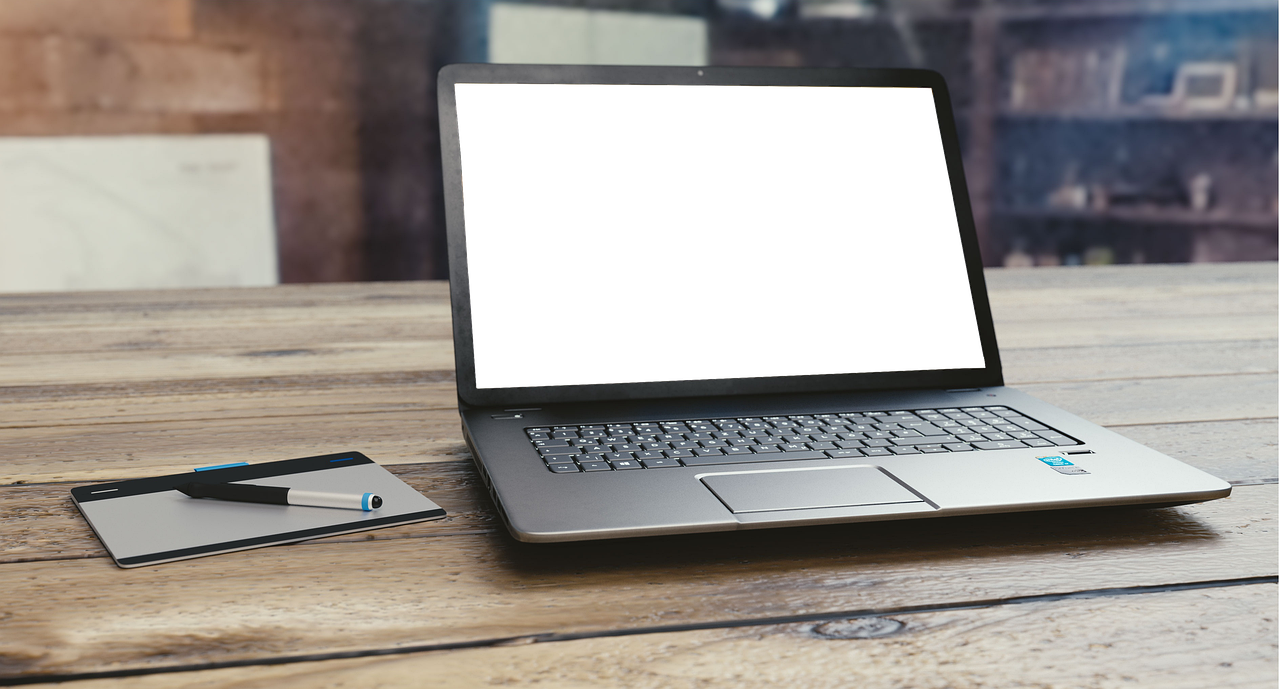Flipping used items, the art of buying low and selling high, is more than just a side hustle; it’s a thriving market offering opportunities for profit, sustainability, and even a bit of entrepreneurial adventure. Whether you’re looking to declutter your home, supplement your income, or build a full-time business, the world of flipping has something for everyone. This guide will delve into the ins and outs of flipping used items, providing you with the knowledge and strategies you need to succeed.
Why Get Into Flipping Used Items?
Financial Benefits
Flipping offers a tangible way to generate income with relatively low startup costs. Unlike many businesses that require significant investment in inventory or equipment, you can start flipping with items you already own or by sourcing affordable goods from your local area.
- Low Startup Costs: Often, you can start with items you already have or find items for free or at a very low cost.
- Flexible Hours: Set your own schedule and work as much or as little as you want. This makes it perfect for students, parents, or anyone looking for a side income.
- Scalable Income: As you gain experience and knowledge, you can scale your business by investing in more items or focusing on higher-value products. Many successful flippers move from selling small household goods to specializing in furniture or electronics.
Environmental Advantages
Flipping used items is a sustainable practice that reduces waste and promotes a circular economy. By giving used items a second life, you’re helping to keep them out of landfills and reducing the demand for new products.
- Reduces Landfill Waste: Extending the lifespan of products prevents them from ending up in landfills.
- Conserves Resources: Less demand for new products translates to less energy and resources used in manufacturing.
- Promotes a Circular Economy: Contributes to a more sustainable consumption model where resources are reused and recycled.
Personal Growth and Skills Development
Flipping is not just about making money; it’s also a great way to develop valuable skills that can benefit you in other areas of your life.
- Negotiation Skills: Negotiating prices, both when buying and selling, improves your negotiation abilities.
- Marketing and Sales: Listing items online, writing descriptions, and promoting your products teaches you about marketing and sales strategies.
- Problem-Solving: Evaluating items, cleaning, repairing, and shipping all require problem-solving skills.
- Financial Management: Tracking expenses, profits, and inventory helps you develop financial management skills.
Finding Items to Flip
Sourcing Locations
Identifying where to find valuable used items at affordable prices is crucial to flipping success.
- Thrift Stores: Consistently check local thrift stores for hidden gems. Visit often as inventory changes daily. Look beyond the surface and imagine the item’s potential after cleaning or minor repairs.
- Garage Sales and Yard Sales: Weekends are prime time for garage sales. Negotiate prices and be prepared to buy in bulk.
- Online Marketplaces (Facebook Marketplace, Craigslist, eBay): These platforms offer a wide range of items at varying prices. Utilize filters to find specific items you’re looking for and set price alerts for new listings.
- Estate Sales: Estate sales can be a treasure trove of valuable items, often at discounted prices.
- Free Listings (Freecycle, Facebook Groups): Sometimes, people are simply looking to get rid of items for free. Keep an eye on these listings for potentially profitable finds.
- Dumpster Diving (with caution and legality in mind): In some areas, businesses discard valuable items that are slightly damaged or unsellable in their current condition. Be aware of local regulations and prioritize safety.
What to Look For
Knowing what items are in demand and have a good resale value is essential.
- Vintage Clothing: Certain brands and styles of vintage clothing are highly sought after. Look for unique patterns, quality materials, and well-preserved garments.
- Furniture: Solid wood furniture, even if it needs some refinishing, can be a profitable flip. Mid-century modern pieces are particularly popular.
- Electronics: Working electronics, such as smartphones, laptops, and gaming consoles, can be flipped for a profit, especially if you can repair minor issues.
- Collectibles: Coins, stamps, sports memorabilia, and other collectibles can be valuable, especially if they are rare or in good condition.
- Books: First editions, signed copies, and rare books can be worth significant amounts. Research the value of books before purchasing them.
- Tools: Quality hand tools and power tools are always in demand, especially from brands like Craftsman, DeWalt, and Milwaukee.
Evaluating Potential Profit
Before purchasing an item, consider all the costs involved and estimate your potential profit.
- Research the Item’s Value: Check eBay “sold” listings, online price guides, and other resources to determine the current market value of the item.
- Calculate All Costs: Factor in the purchase price, cleaning supplies, repair costs, shipping materials, and any marketplace fees.
- Estimate Your Time: Consider the time you’ll spend cleaning, repairing, photographing, listing, and shipping the item.
- Set a Minimum Profit Margin: Determine the minimum profit you’re willing to accept for your time and effort. A general rule of thumb is to aim for at least a 50% profit margin.
Preparing Items for Sale
Cleaning and Repair
Presenting items in their best possible condition is crucial for attracting buyers and maximizing your profit.
- Thorough Cleaning: Clean items thoroughly to remove dirt, dust, and stains. Use appropriate cleaning products for different materials.
- Minor Repairs: Fix any minor damage, such as loose screws, tears in fabric, or scratches on furniture.
- Refurbishing: Consider refurbishing items to improve their appearance and value. This might include painting furniture, refinishing wood, or replacing damaged parts.
- Testing Electronics: Always test electronics to ensure they are working properly. Repair any minor issues or disclose any known problems in your listing.
Photography and Presentation
High-quality photos and detailed descriptions are essential for selling items online.
- Take Clear, Well-Lit Photos: Use natural light or a well-lit area to take clear photos of the item from multiple angles.
- Highlight Key Features: Focus on any unique features or details of the item.
- Show Any Imperfections: Be honest about any flaws or damage. This builds trust with buyers and avoids potential disputes.
- Write Detailed Descriptions: Provide accurate and detailed descriptions of the item, including its condition, dimensions, materials, and any relevant history.
- Use Keywords: Include relevant keywords in your listing title and description to help buyers find your item when searching online.
Pricing Strategies
Setting the right price is crucial for attracting buyers and maximizing your profit.
- Research the Market: Check similar items that have recently sold to determine a competitive price.
- Consider Your Costs: Factor in your purchase price, cleaning supplies, repair costs, and any marketplace fees.
- Add a Profit Margin: Calculate the profit you want to make and add it to your total costs.
- Be Flexible: Be willing to negotiate with buyers, especially if the item is not selling quickly.
- Consider Promotions: Offer discounts or promotions to attract buyers and move inventory.
Selling Your Items
Choosing the Right Platform
Different platforms cater to different types of items and audiences.
- eBay: eBay is a great platform for selling a wide range of items, including collectibles, electronics, and clothing.
- Facebook Marketplace: Facebook Marketplace is a good option for selling larger items, such as furniture and appliances, locally.
- Craigslist: Craigslist is another option for selling items locally, but it can be less secure than Facebook Marketplace.
- Etsy: Etsy is a great platform for selling handmade or vintage items.
- Consignment Shops: Consignment shops sell your items for you and take a percentage of the sale price.
Shipping and Handling
Proper shipping and handling are essential for ensuring that items arrive safely and in good condition.
- Use Appropriate Packaging: Use sturdy boxes, bubble wrap, and packing peanuts to protect items during shipping.
- Choose the Right Shipping Method: Consider the size and weight of the item when choosing a shipping method.
- Calculate Shipping Costs: Accurately calculate shipping costs to avoid overcharging or undercharging buyers.
- Track Your Shipments: Provide tracking information to buyers so they can track the progress of their shipments.
- Insure Valuable Items: Consider insuring valuable items against loss or damage during shipping.
Customer Service
Providing excellent customer service is crucial for building a good reputation and generating repeat business.
- Respond Promptly to Inquiries: Respond to buyer inquiries quickly and professionally.
- Be Honest and Transparent: Be honest about the condition of items and any potential issues.
- Resolve Disputes Fairly: Resolve any disputes or complaints fairly and promptly.
- Ask for Feedback: Ask buyers for feedback to help you improve your service.
Conclusion
Flipping used items is a rewarding and sustainable way to generate income, reduce waste, and develop valuable skills. By following the tips and strategies outlined in this guide, you can increase your chances of success in the world of flipping. Remember to start small, focus on finding valuable items, prepare them properly, and provide excellent customer service. With dedication and hard work, you can turn flipping into a profitable and fulfilling business venture.




